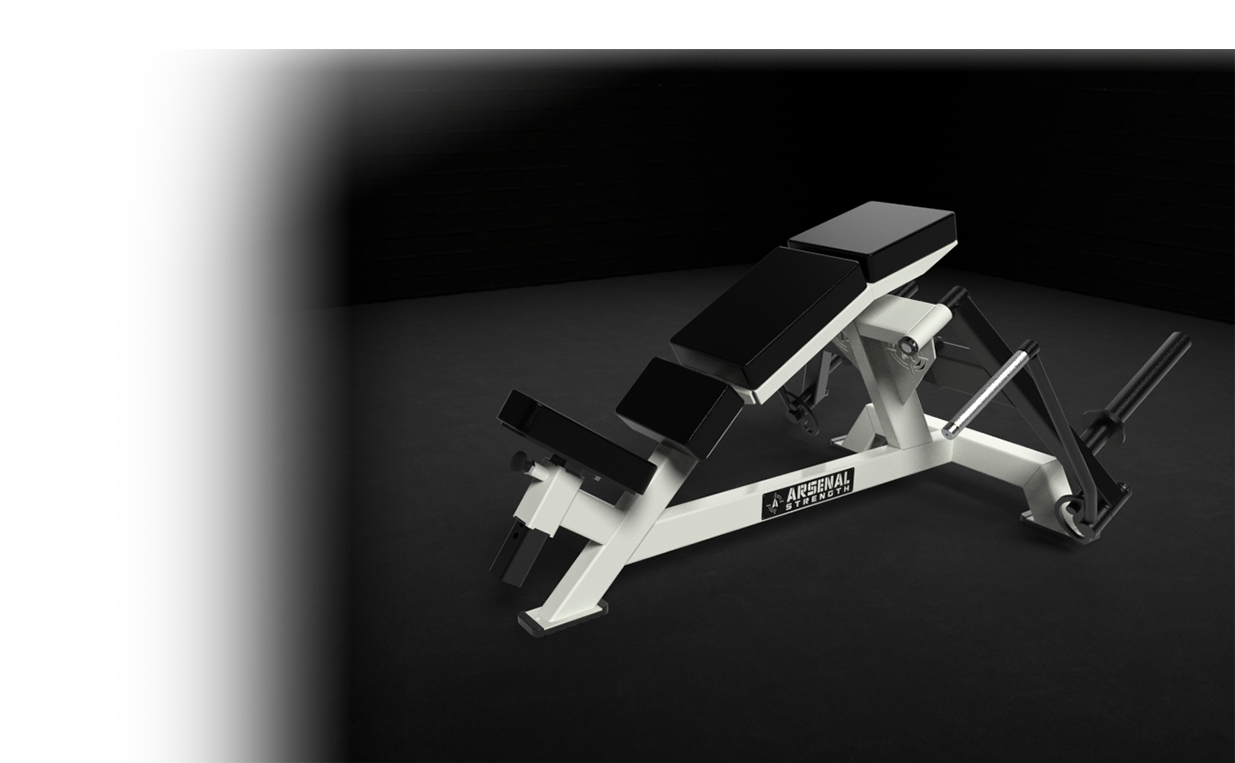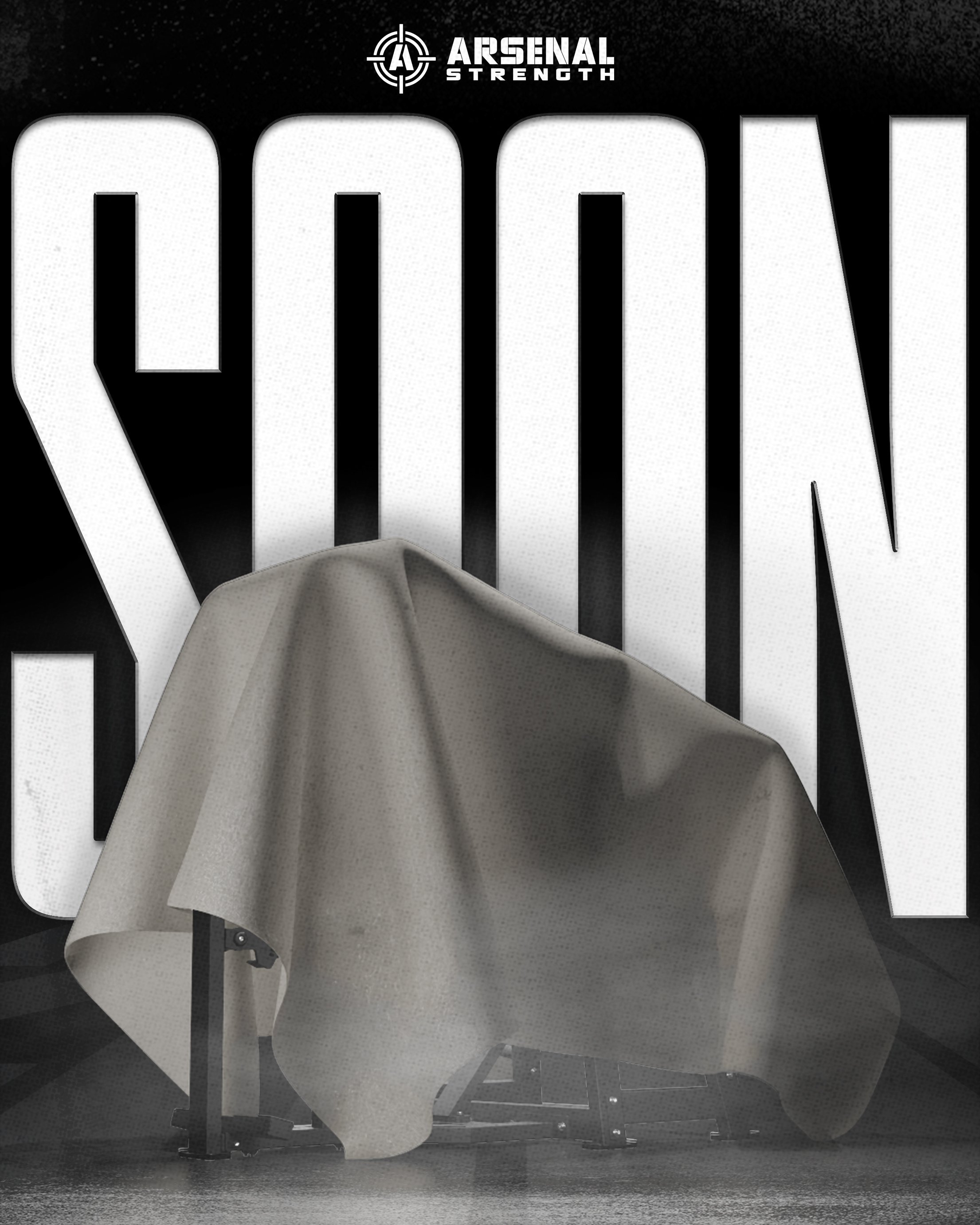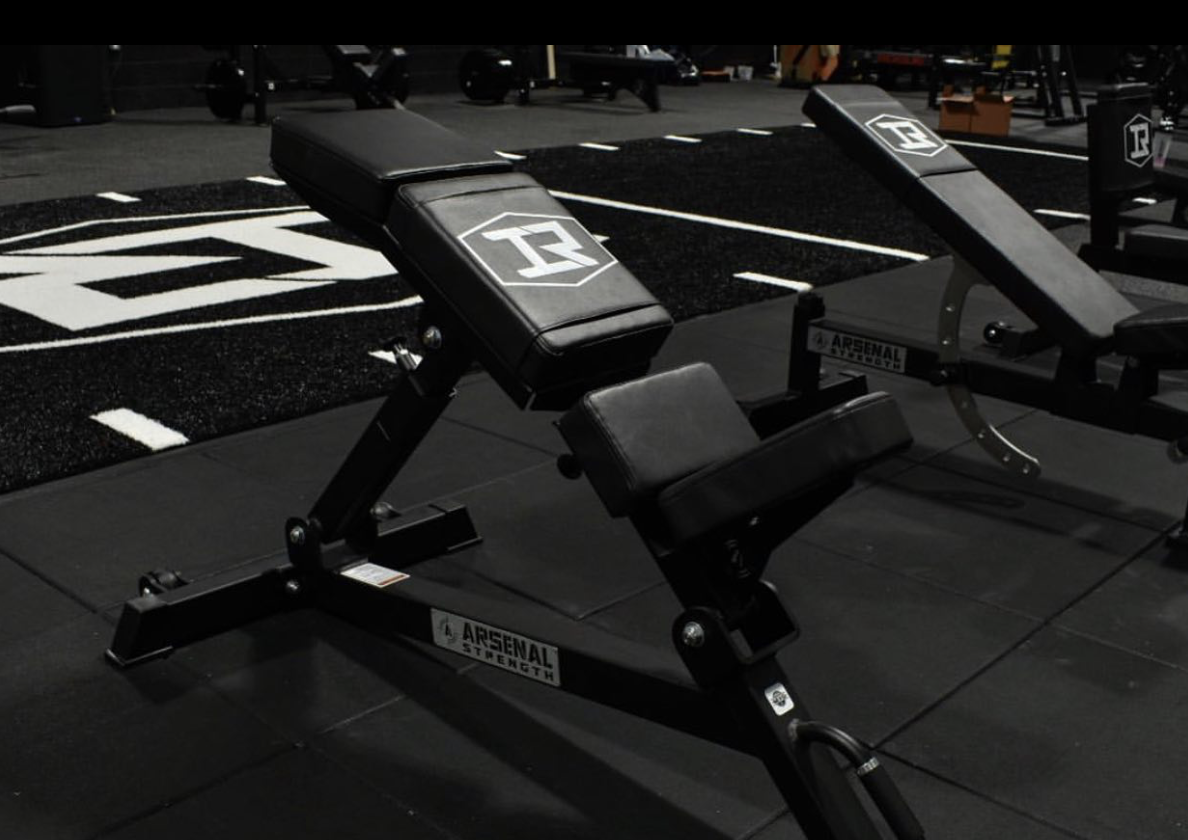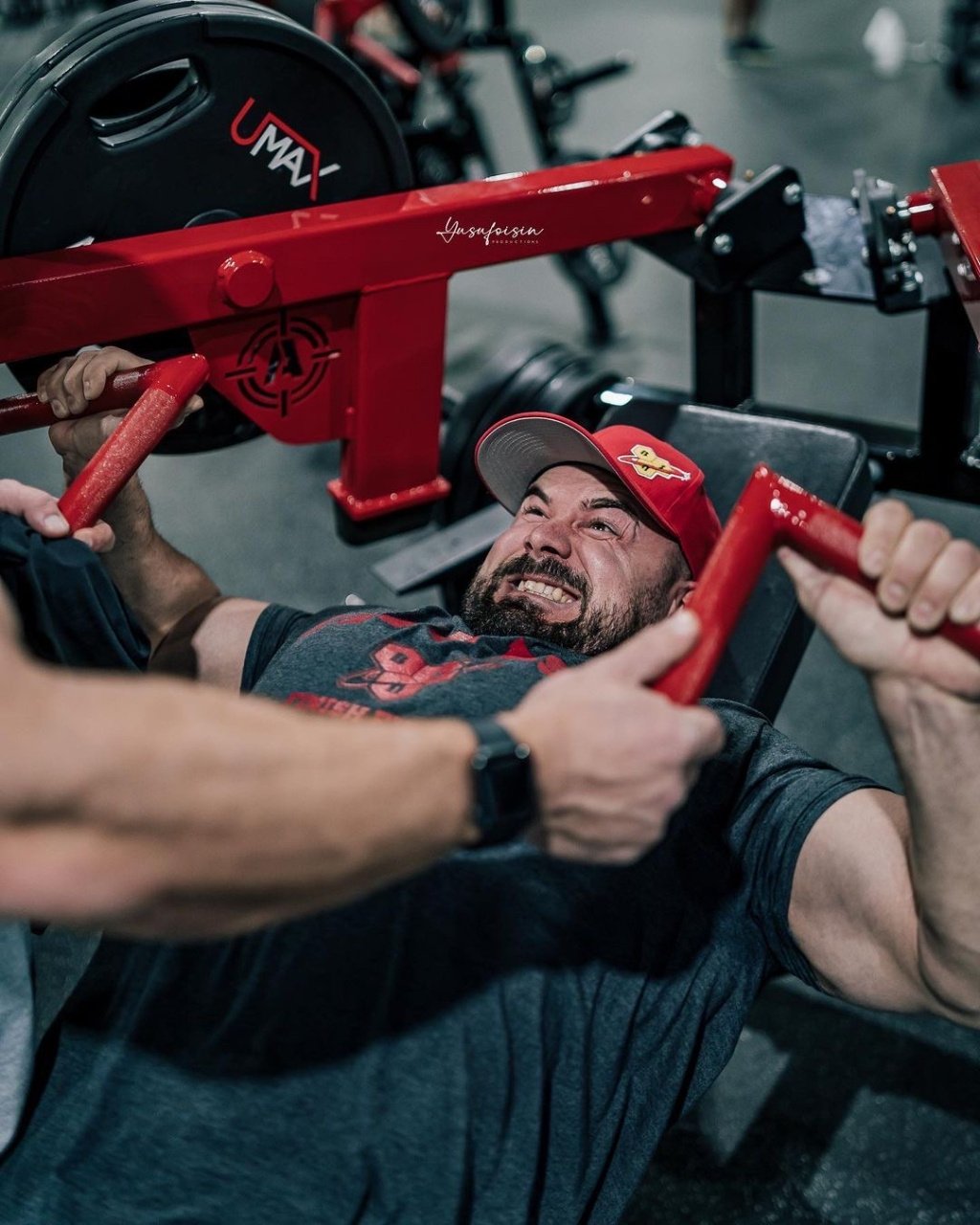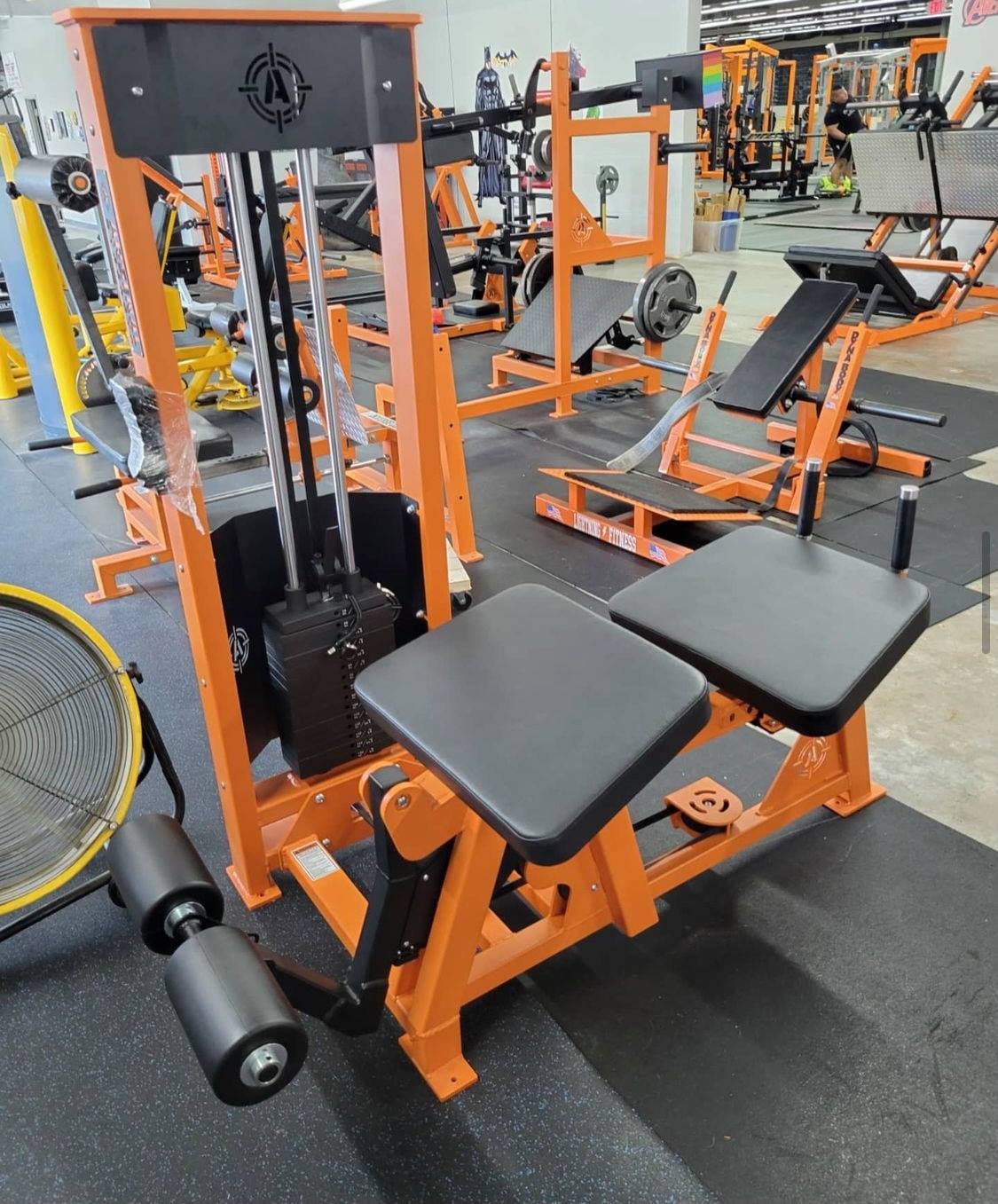Master the Incline Dumbbell Fly Technique
Looking to develop your upper chest with precision? The incline dumbbell fly is a highly effective exercise to target the clavicular head of the pectoralis major. In this article, you’ll learn the proper technique, key benefits, common mistakes to avoid, and variations to enhance your workout.
- The incline dumbbell fly targets the clavicular head of the pectoralis major, enhancing upper chest and shoulder development while also improving coordination and promoting good posture.
- Proper technique involves a controlled descent with a slight elbow bend, avoiding excessive weights, incorrect elbow positioning, and overstretching to prevent injuries.
- Incorporating variations like flat bench dumbbell fly, incline cable fly, and palms facing variations can optimize chest muscle engagement, while emphasizing gradual weight progression and proper form maintenance ensures effective and safe workouts.
Understanding the Incline Dumbbell Fly
The incline dumbbell fly is an exceptional exercise for those who want to focus on the upper portion of their chest, specifically targeting the clavicular head of the pectoralis major. Consider this movement a meticulous sculptor that meticulously chisels both your upper pecs and front deltoids—a duo often neglected by exercises like the flat bench press. By setting up an incline bench at an angle anywhere from 30 to 45 degrees, you create a perfect environment for not only isolating these muscles but also engaging auxiliary muscles such as shoulders and triceps.
Why consider integrating the incline dumbbell fly into your workout?
- It’s designed to accentuate development in key areas necessary for full chest enhancement.
- This particular exercise contributes significantly towards improved aesthetics while increasing functional strength.
- It fosters better coordination and encourages posture stability which can mitigate aging effects.
In short, if enhancing your chest repertoire beyond what traditional barbell presses offer appeals to you, adopting the incline dumbbell fly may well serve as your conduit toward achieving more pronounced growth in your upper chest area.
Step-by-Step Guide to Performing Incline Dumbbell Fly
Settle onto an incline bench, gripping your dumbbells with the intent to master a symphony of muscle-building. Secure yourself by placing your feet soundly on the floor as you recline, preparing for a display of controlled strength. With arms raised and palms facing in silent conversation above you, embark upon the journey that is the incline dumbbell bench press.
Lowering your arms in a deliberate and artful curve ensures not only control but also an intense focus on upper chest engagement while preserving shoulder health. Letting elbows dip gently alongside your torso gives way to momentary repose at peak stretch—capturing that fleeting instant before commanding them upwards once more. At their pinnacle meeting point above you’re where true power consolidates—a pause punctuating every repetition—with each one charting progress toward sculpted elegance across the upper chest landscape.
Key Benefits of Incline Dumbbell Fly
Incline dumbbells provide numerous advantages that enhance your physical appearance and capabilities, specifically by:
- Crafting an impressive shape for the upper portion of your chest and the anterior deltoids
- Promoting eye-catching muscle growth
- Increasing flexibility along with a wider range of motion in muscles
- Enabling more comprehensive muscular symphony
This exercise does more than just build mass. It also aids in boosting chest expansion and scapular retraction. By doing so, it fosters a robust and durable posture. Embrace the capacity to push forth with might while maintaining an aura free from discomfort or stiffness in the upper body.
Performing incline dumbbell flyes goes beyond routine workout activities—it acts as a guardian for the well-being of your upper musculature.
Common Mistakes to Avoid
Dedicated individuals on the path to achieving an impeccable chest can sometimes veer off course. Errors like surrendering to the temptation of overly heavy weights or improperly positioning the elbows during incline dumbbell fly exercises, can turn this reliable exercise into a dangerous adversary.
While seeking a greater stretch by overextending the muscles of the chest may appear beneficial, it is important to proceed with care as there’s a heightened danger of injuring oneself.
Using Too Much Weight
Yielding to the allure of heavy weights often results in abandoning proper technique. Take heed, for initiating your exercise with an excessive amount of weight increases not only the chance of inadvertently letting go of the dumbbells, but also raises the likelihood of sustaining injuries. Opt instead for lighter weights which are essential tools for cultivating stability and mastery, particularly vital when you’re beginning to explore exercises such as incline dumbbell flys.
For novices embarking on this journey, it is advisable to start with a manageable 3 to 5 pounds. Carving out a well-defined upper chest doesn’t hinge upon how much weight you lift. Rather, it depends on handling that weight with precision and finesse. Progressing towards heavier weights should be approached incrementally—each new level should be tackled only after mastering perfect form at its predecessor’s challenge level.
Incorrect Elbow Position
It’s crucial not to overlook the critical role of elbows during the incline dumbbell fly. They require a gentle curve—a minimal flex—to fully engage your chest muscles while also providing protection for your shoulder joints. Fully extended elbows can be deceptive, appearing to offer more leverage, but in reality, they divert stress from the pectorals to the shoulders, promoting strain over muscle gain.
Yet one must avoid excessive elbow bending as it can inadvertently turn your exercise into an incline press and shift focus away from isolating those chest muscles. It’s about finding that perfect equilibrium where there’s just enough bend at the elbows to ensure that your chest is optimally stimulated without losing form or efficiency in execution.
Overextending the Chest Muscles
Delving too deeply into the range of motion during an incline dumbbell fly could transport you to the unwelcome territory of excessive stretching. The sensitive and limited tendons in your chest may become compromised if they are subjected to the undue tension from weights descending past a line flush with your torso.
To foster growth in chest development, heed these suggestions:
- Opt for less heavy dumbbells or merely rely on determined intent to navigate through a full span of motion without straying into overextension.
- Synchronize the movement of your arms with that of your chest, cultivating power under control for security.
- Prioritize deliberate and measured actions as this is crucial for realizing effectiveness in sculpting one’s chest.
Effective Variations of Incline Dumbbell Fly
Employing variations of the incline dumbbell fly in your chest workouts is akin to a composer playing with new melodies, providing fresh challenges and stimulation. These nuanced versions are far from simple derivatives. They represent complete reinventions aimed at engaging various parts of the chest muscles. This approach guarantees a thoroughly chiseled upper body that exemplifies both balance and power in equal measure.
Flat Bench Dumbbell Fly
Moving onto the flat bench, the exercise of performing a flat dumbbell fly expands its effectiveness across the entire chest area. Laid out in alignment with the floor below, this particular workout extends and activates the muscles fully, showcasing just how adaptive this movement can be. Maintaining a consistent slight bend at the elbows is key to ensuring proper form throughout. It’s like an unbroken thread that guarantees each extension nurtures rather than overextends.
With deliberate control and an even tempo akin to an artist’s careful strokes, every lift becomes part of your body’s sculpting process. The addition of using a flat bench for this variation isn’t merely adding another routine into your regimen—it represents a journey through different dimensions of chest development where you map out new territories within muscle definition and strength.
Incline Cable Fly
In the domain of exercise, particularly when performing an incline cable fly, cables act as meticulous sculptors meticulously crafting resistance that is constant and precise. These cables provide a resistance tailored to your movements unlike dumbbells which are at the mercy of gravity’s pull, ensuring that during the full range of motion, your upper chest muscles receive targeted stimulation.
The incline fly transcends being merely an alternative option. It represents a transformative approach to engage in this classic chest muscle-building activity. It sharpens focus on the upper area with accuracy that enhances both strength and definition within those muscles. Surrender yourself to this guidance by cables for cultivating not just a robust but also chiseled and well-defined chest contour.
Palms Facing Variations
Adjusting the orientation of your palms during an incline dumbbell fly has a significant effect on the engagement of chest muscles. When you position your palms facing each other, it emphasizes the workout’s impact on the inner chest muscles, enhancing this aspect of its effectiveness. Conversely, orienting your palms upward brings focus to activating not just the upper chest, but also recruits front deltoids into action, taking part in carving out a more defined upper body.
These variations where palm positioning plays a critical role are far from mere wrist maneuvers. They represent purposeful tactical adjustments that encourage muscle adaptation and growth while remolding the structure of one’s chest. Embrace these nuanced shifts in technique and observe as your physique gradually transforms under their influence – reminiscent of clay being meticulously shaped by an expert sculptor’s touch into something remarkable.
Tips for Maximizing Your Incline Dumbbell Fly Workout
Embarking on the journey to perfect the incline dumbbell fly workout, it is essential to be aware of both various techniques and potential hazards. This exploration seeks out key insights that will guarantee your workouts not only lead you to superior performance but also optimal outcomes.
The advice provided acts as a driving force for executing a workout regimen that excels in efficacy while maintaining a strong focus on safety and sustained progress.
Proper Form Maintenance
Preserving correct technique is crucial when engaging in any workout program, especially exercises like the incline dumbbell fly. Emphasis must be placed on controlled movements and lifting safely, executing each repetition with precision akin to having a professional coach’s oversight. As you improve, there might be temptation to progress to heavier weights. It’s essential that weight increases only occur when they do not compromise your impeccable form.
Your execution acts as a bulwark against potential injuries that may target your shoulders or back. With an adjustable bench supporting your spine and feet solidly planted for stability, let your elbows direct the path of each lift meticulously. In this sanctuary of meticulous exercise execution — where every action is intentional and every repetition reinforces the dedication emblematic of your physical fitness odyssey — upholding proper form remains paramount as you work at the bench with various inclines using dumbbells at suitable weights for optimal motion during this strength training routine.
Gradual Weight Progression
Embark upon a journey of gradual intensification in your chest development, adopting the steadfastness of a monk and the meticulous nature of a jeweler. At the beginning, embrace lighter weights as your allies that lead you forward while your strength blossoms like an ensign on top of a vanquished mount. Stick to this creed of incremental progress where each additional pound on your dumbbells represents another landmark carved into the monument of advancement.
Every weight increment should be considered with care. Reckless jumps in weight can lay down roots for regressions. Increasing by only two or three pounds weekly could spell out whether you face an insurmountable obstacle or reach new heights—whether you encounter perilous injury or ascend toward peak chest development both elegantly and robustly.
Incorporating Into Chest Workouts
Incline dumbbells should complement the foundational compound movements in your chest exercise routine rather than being performed in isolation. When paired with exercises like bench presses, they contribute to a comprehensive workout that engages every aspect of the muscle group. Serving as an ideal conclusion to your session, incline dumbbells thoroughly fatigue the muscles, guaranteeing a full activation of each fiber.
Consider the incline dumbbell fly as a delicate instrument within your chest training orchestra. It weaves its subtleties through the robust peaks of presses and blends seamlessly with other chest exercises. As such an element adds refinement and depth, this particular move transforms an ordinary workout into something exceptional by ensuring that your efforts toward chest development are not merely thorough but executed with finesse.
Safety and Precautions
Prior to commencing your resistance training odyssey, chart a course that emphasizes safety to sidestep the hazards of injury. An ample warm-up is akin to a beacon steering you clear from danger, readying your muscles for the impending exertion. Start with an introductory set using lighter weights as tools for conditioning, orchestrating your chest and setting the stage for the intensive work ahead.
Do not plunge into lifting heavy loads without enlisting a personal trainer—a navigational expert who will anchor your form amidst strenuous currents. If echoes of former injuries linger in the realm of your shoulders or spine, seek counsel from a medical professional before embarking on exercises such as incline dumbbell flys. This word of caution serves not as discouragement but rather as guidance so that your pursuit of chest enhancement becomes a lasting voyage devoid of overtraining calamities and risks linked to incorrect technique.
As our journey reaches its zenith, let us look back at the path we’ve traversed. The incline dumbbell fly stands as a testament to the power of form, technique, and discipline. It is an exercise that not only sculpts the upper chest but also teaches the art of subtlety and the virtue of patience. With each rep, you’ve not only lifted weights, but also your potential to new heights.
Carry forth the knowledge of variations, the sagacity of avoiding mistakes, and the insight of incorporating the exercise into a broader chest workout. Let the incline dumbbell fly be the keystone of your upper body regimen, a move that demands respect and rewards with results. May your practice of this noble exercise lead to a chest that is not only developed but also a symbol of your dedication and hard work.
Frequently Asked Questions
What muscles does the incline dumbbell fly specifically target?
Performing an incline dumbbell fly primarily focuses on the clavicular head of the pectoralis major, which is the upper portion of your chest muscles. It recruits secondary muscle groups including both triceps and front deltoids.
This exercise serves as a beneficial routine for augmenting development in both the chest and shoulders areas.
Can I perform the incline dumbbell fly with heavy weights for low reps?
It’s crucial to place higher importance on maintaining proper form and control rather than focusing on the quantity of weight being lifted, as neglecting this can lead to compromised technique and a greater risk of injury.
Begin with lower weights and progressively enhance them as you build up your strength and refine your lifting technique.
How can I avoid common mistakes when performing the incline dumbbell fly?
When executing the incline dumbbell fly, it’s crucial to keep your elbows slightly bent and ensure that they don’t lock out. Select a weight that isn’t too heavy, as using an excessive load can lead to overstretching or harming the chest muscles. Take care not to extend your arms beyond alignment with your torso in order to avoid unnecessary strain on these muscles.
Should the incline dumbbell fly be used as a main exercise or an accessory movement?
To thoroughly exhaust the upper chest muscles, consider employing the incline dumbbell fly as a supplementary exercise alongside compound movements such as the bench press. It serves effectively as a concluding activity targeting those specific chest muscles.
Is it necessary to use an incline bench for the dumbbell fly, or can I use a flat bench?
Indeed, utilizing a flat bench during the dumbbell fly exercise engages the entire chest muscles. Conversely, employing an incline bench places emphasis on working out the upper region of the chest.
Incorporating both types of benches will enhance your chest workout regimen for comprehensive muscle development.
Additional Incline Fly Machine Resources:
ARSENAL STRENGTH INCLINE FLY MACHINE In Action

